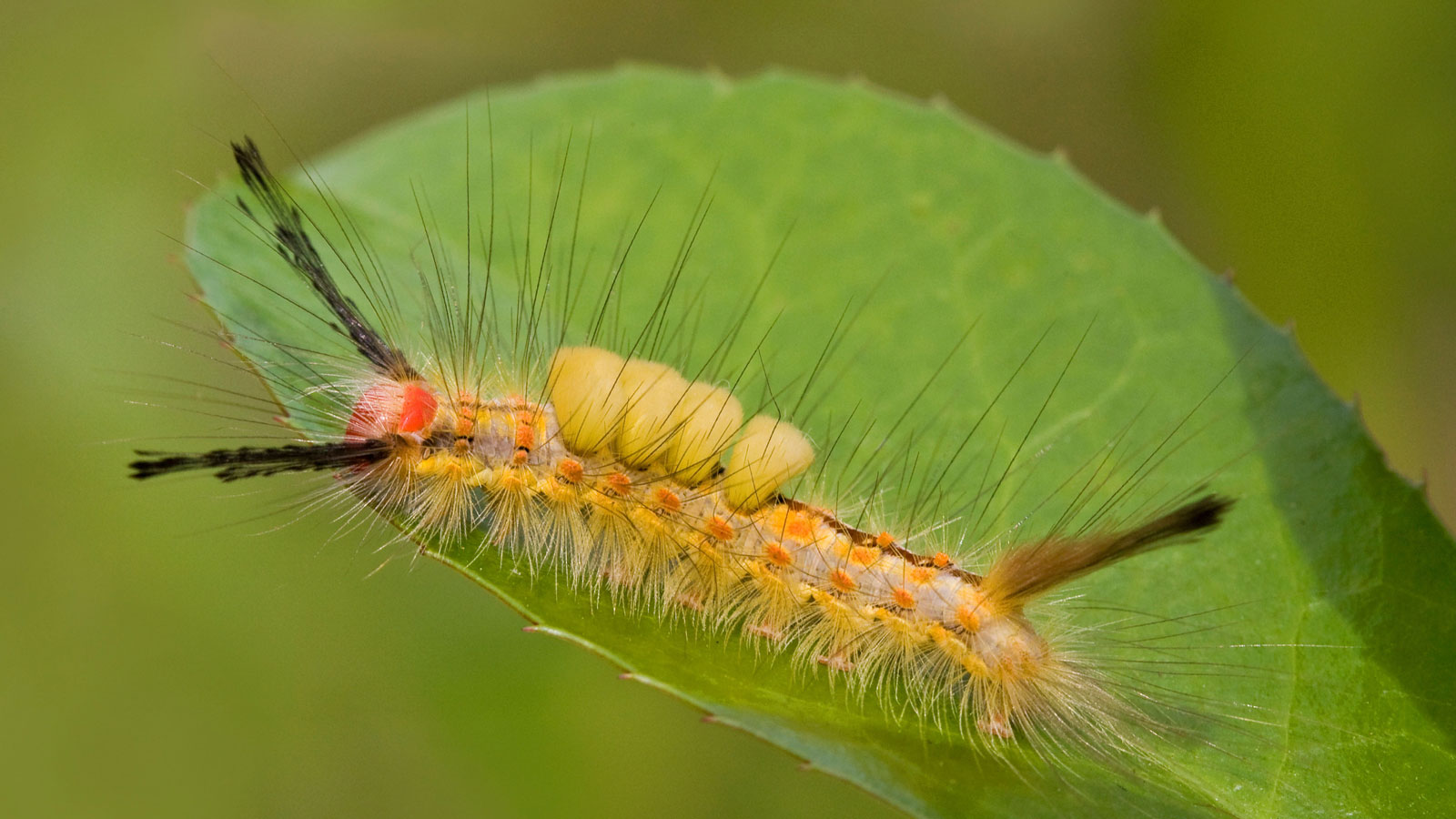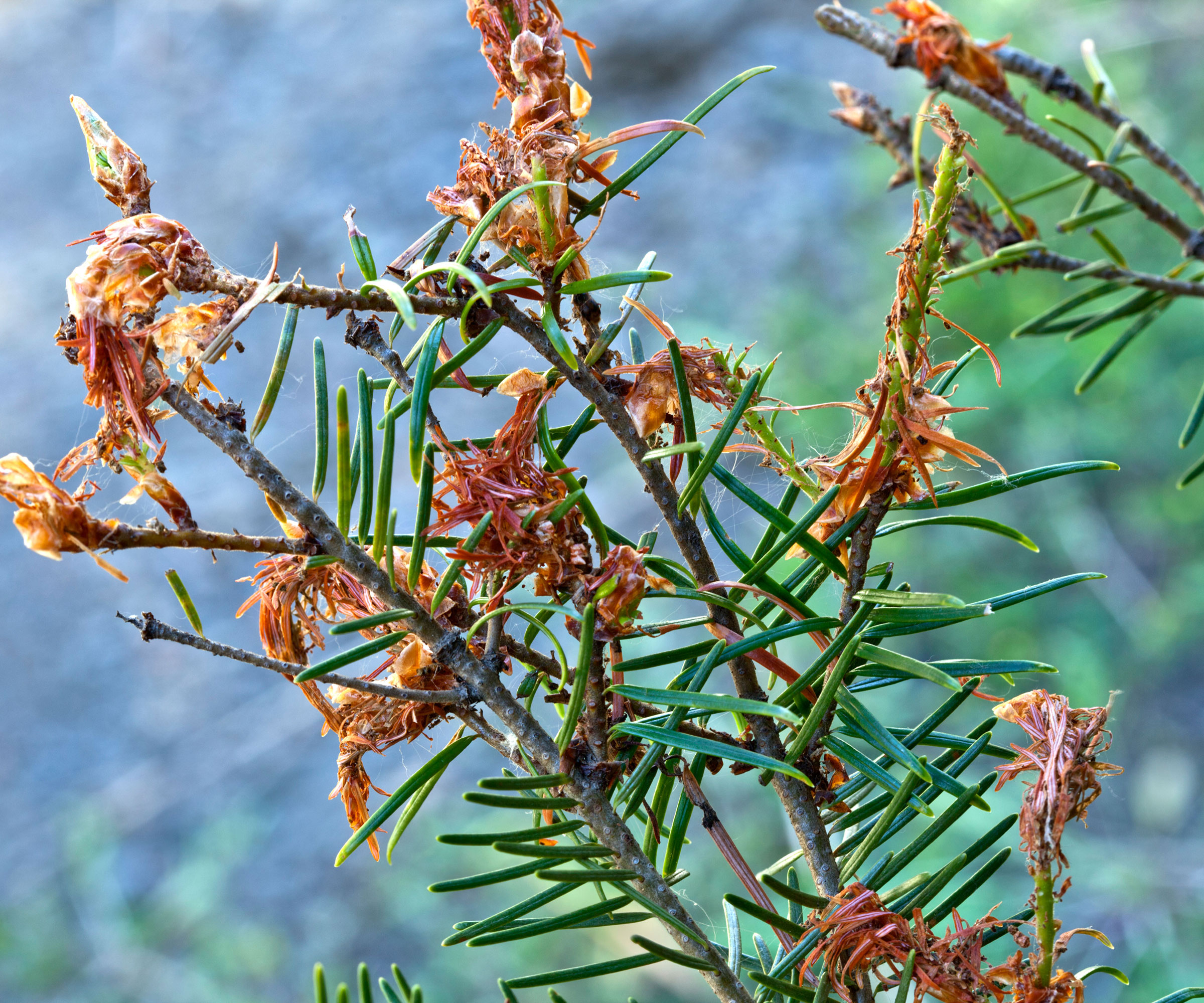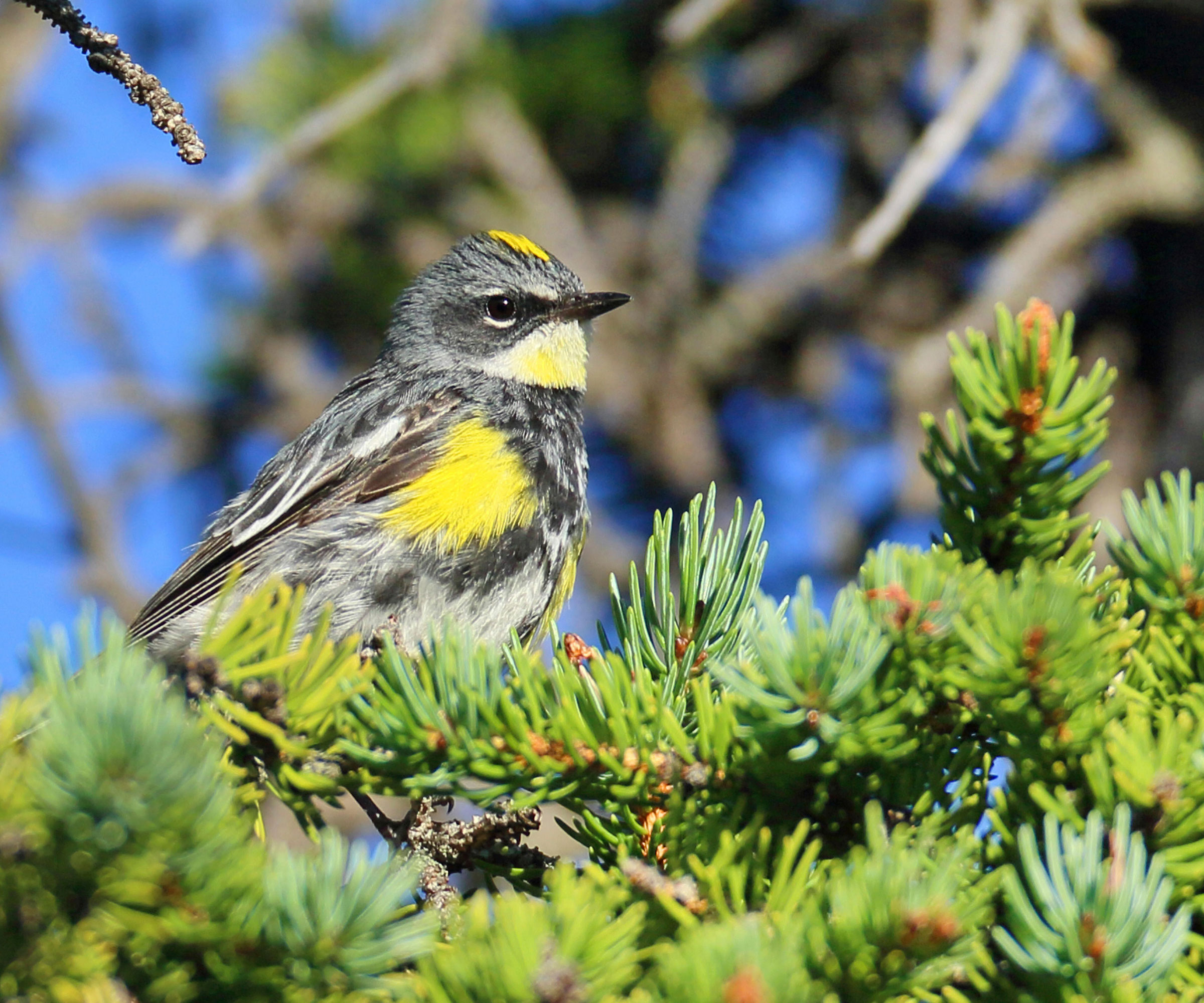Does Your Tree Have Douglas Fir Tussock Moth? How To Tackle This Evergreen Pest
If your gorgeous Douglas fir is looking sickly or defoliated, there’s one pest you’d better check for, and fast! We show you how to tackle the Douglas fir tussock moth


Douglas firs (Pseudotsuga menziesii) are beautiful evergreen trees native to the Pacific Northwest and regions of the Rocky Mountains. They are tall, elegant trees that support native wildlife, act as windbreaks, and help control erosion. Unfortunately, they have a seriously troublesome pest in the form of the Douglas fir tussock moth. They feed on the needles of Douglas firs and tend to occur in areas as outbreaks. They are usually more of an issue in dry conditions. We explain how to tell if your tree has fallen foul of it, how to treat an outbreak, and how to prevent it.
Identifying a Douglas Fir Tussock Moth
The caterpillars rather than the moths are what feed on and damage fir trees. These are some of the identifying characteristics of the Douglas fir tussock moth caterpillar:
- Approximately 1.25 inches (3.2 cm) long.
- A gray-brown body and a shiny black head.
- Tussocks (or tufts) of black hair – two at the front and one at the back.
- Short brown hairs emanating from red spots.
Spotting the caterpillars is the easiest way to identify this pest, but you may also spot other stages of the Douglas fir tussock moth life cycle:
- The females deposit round, white eggs in a frothy substance.
- The cocoons attach to twigs and are grayish-brown and appear hairy.
- Adult female moths are wingless and have thick bodies.
- Male moths fly and have reddish-brown forewings and grayish-brown rear wings. They are roughly one inch (2.5 cm) wide.
Signs of Douglas Fir Tussock Moth Damage
Tussock moth caterpillars start feeding on fresh, new growth at the tops of trees. The visible damage appears at the crown and progresses down the tree. This feeding results in defoliation of the affected areas of the tree. During severe outbreaks, feeding and damage may occur all over the tree.

Dangers of Having Douglas Fir Tussock Moth
When tussock moth caterpillars feed on Douglas firs, they damage the needles, which drop from the trees. They typically kill the top of a tree in this way if not controlled. Heavy damage can kill the whole tree, especially if the infestation is left unmanaged for more than one season.
Needle loss caused by tussock moth caterpillars also makes Douglas firs more susceptible to other problems, including bark beetles, fungal diseases and cankers. Although they are native along with Douglas firs, these pests can cause a lot of damage during outbreaks.
Tackling a Douglas Fir Tussock Moth Infestation
There are natural controls of Douglas fir tussock moths in the native environment. Parasitic wasps, tachinid flies, spiders and birds all feed on the caterpillars. Birds feed heavily on the caterpillars when they are young, before they have developed their irritating spines.
Sign up for the Gardening Know How newsletter today and receive a free copy of our e-book "How to Grow Delicious Tomatoes".
A basic Douglas fir tussock moth prevention strategy is to promote other native species. Growing native plants supports natural predators of the caterpillars, which prevents or minimizes outbreaks. Because cyclical outbreaks are normal, Douglas firs on your property will likely not suffer significant damage unless stressed. If you see signs of infestation, provide the trees with water and fertilizer to reduce stress.
If you have a large infestation, you can use safe pesticides. The most effective pesticide is not available to the public, but you can find several chemical and microbial pesticides labeled for tussock moths that should help reduce numbers. Because the moths are typically at the top of the tree, it’s best to hire a professional to do the application.

Frequently Asked Questions
Are Douglas Fir Tussock Moths Poisonous?
The Douglas fir tussock caterpillar is not poisonous. However, like other types of tussock caterpillars, they carry a toxin in their spines that causes a rash on contact. Some people are more severely affected than others.
What is the Most Poisonous Moth in the World?
More venomous than tussock moths are members of the genus Lonomia from South America. The caterpillars have venomous spines with toxins that can be deadly. Their toxins cause internal bleeding. Severe injury or death usually only occurs when someone comes into contact with multiple Lonomia caterpillars.

Mary Ellen Ellis has been gardening for over 20 years. With degrees in Chemistry and Biology, Mary Ellen's specialties are flowers, native plants, and herbs.